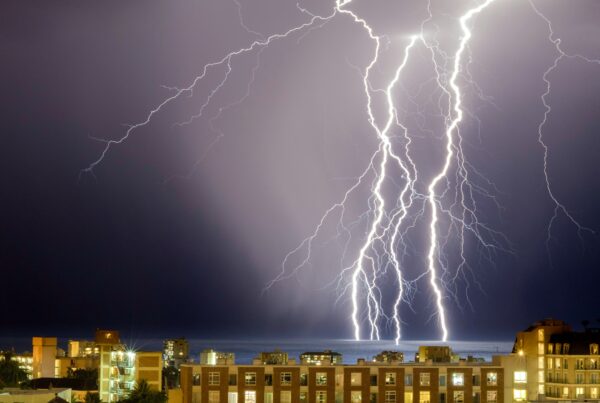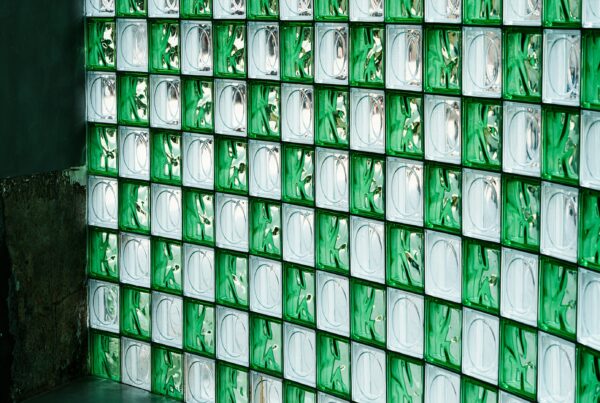Whether we like it or not, our lives have become inescapably dependent on plastics.
Not all plastics are created equal however. Some are relatively safe, while some unsafe plastics pose risks to our health. Three letters to watch out for in plastics: BPA.
Bisphenol A or BPA is a nasty compound found in polycarbonate plastics as well as the linings inside canned goods. For over sixty years BPA was largely unregulated, and yet as early as the 1930 it was already discovered as capable of mimicking estrogen. In the body, this artificial estrogen disrupts the natural hormones.
When BPA is incorporated in plastic products that come in contact with our food and drinks—think of your favorite hydration bottle, the milk jugs in your fridge, your baby’s feeding bottles, your kid’s lunch keeper at school—the toxin readily leaches into the food and liquid.
Some studies have pointed out that BPA doses in food and drink containers are too small to cause harm, prompting the USFDA to soften its stance on BPA in 2013. Yet most other studies have variously linked BPA to health issues such as cancer, infertility, birth defects, reproductive problems, heart disease, and even behavioral problems.
Fortunately, more and more manufacturers are becoming responsible and have consciously removed BPA from their products. Whether the BPA’s effects on the body are significant or negligible, it’s better to choose BPA-free products just to be on the safe side.
The 7 Kinds of Plastics
So how do you choose which plastic products you can use for your food and beverages? Just look for the number printed on the bottom the containers. It’s a number from 1 to 7, enclosed in a broken triangle made up of arrows. They’re there for a reason: these numbers are essentially a code, a guide which makes it easy to sort out plastics and group them together according to their recyclability.
They also tell you a little something about the kind of plastic used in the product, whether they are unsafe plastics or generally harmless ones.
Plastics That Are Okay
#1 Polyethylene Terephthalate. PET plastic are the clear PET bottles we know, the ones used for carbonated beverages and distilled drinking water, peanut butter jars, salad dressing bottles, mouthwash bottles, etc. PET plastics are generally considered safe.
#2 High Density Polyethylene. HDPE are opaque plastics which are used in milk jugs, juice bottles, vitamin jars, and even shampoo bottles.
#4 Low Density Polyethylene. LDPE are the softer type of plastics used in squeezable bottles, food wraps, bread bags, garbage bags, etc.
#5 Polypropylene. PP are used in Ice cream tubs, yogurt and butter tubs, syrup bottles, vitamin jars, just to name a few. They’re very recyclable and are generally safe.
Unsafe Plastics
#3 Polyvinyl Chloride. PVC is notoriously used in plumbing pipes, kitchen cling wrap, even children’s plastic toys. PVC’s DEHP compound used to soften however is a potential endocrine disruptor and carcinogen.
#6 Polystyrene. PS is a non-biodegradable plastic that can either be a hard plastic or a foam one. Those Styrofoam coffee cups are essentially polystyrene. With a hot food or drink inside a foam plastic container, PS can leach styrene which can cause cancer and nervous system damage.
#7 Polycarbonate. All other plastics are lumped into this category, which are usually polycarbonate. Number 7 plastics are best avoided because of their BPA, which we’ve discussed above.











